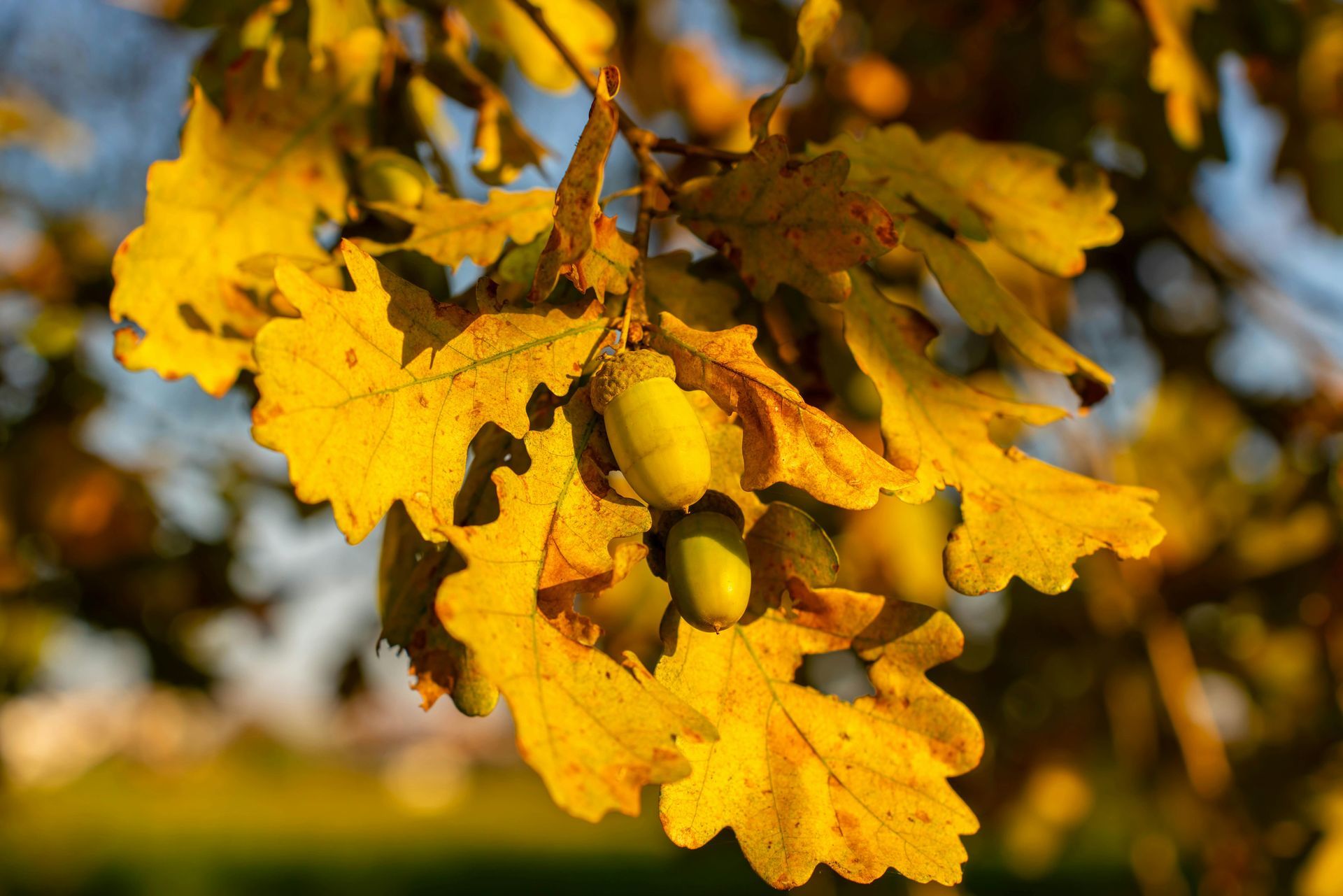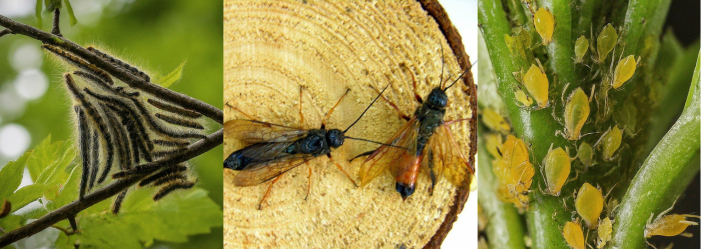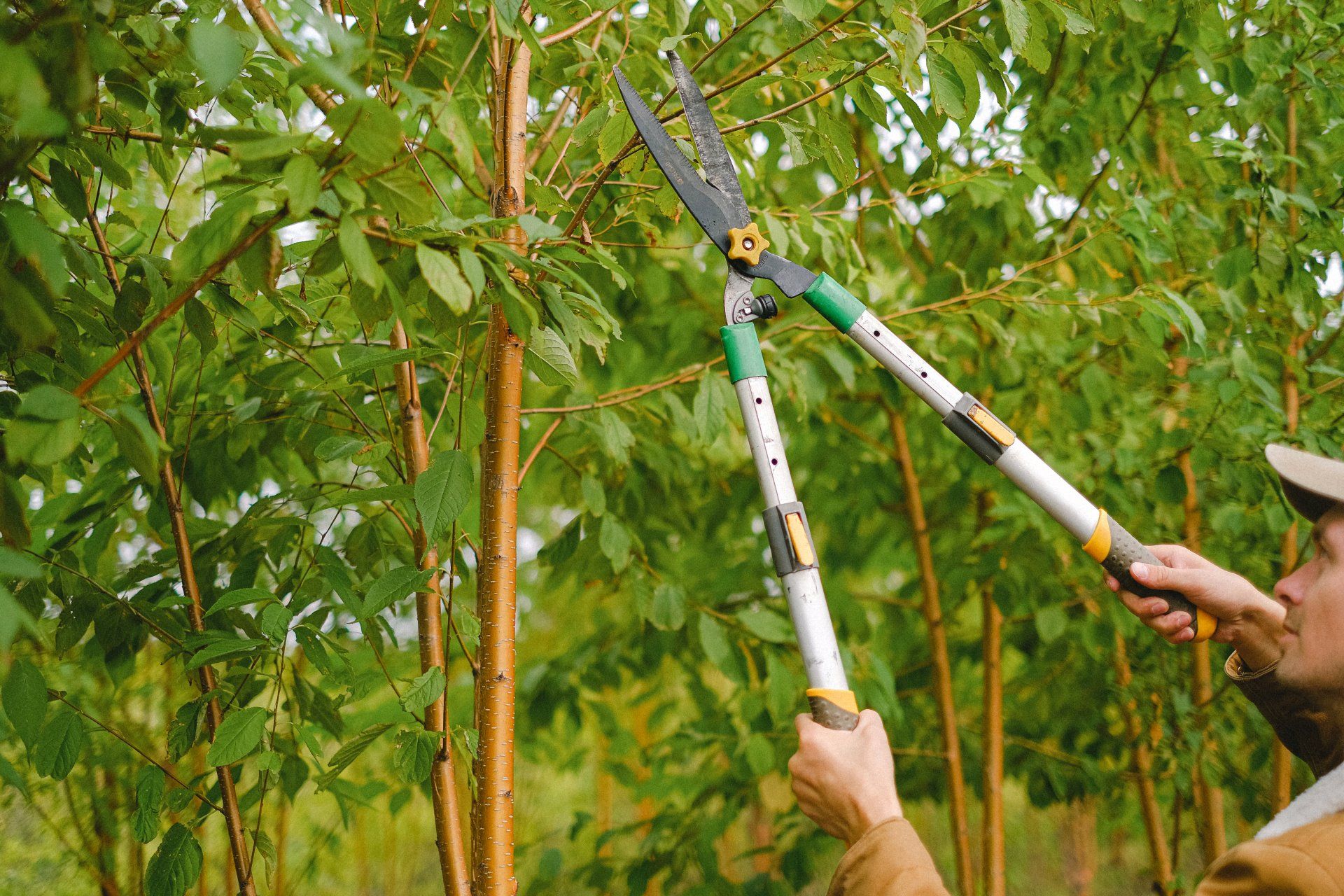How to prepare your trees for November weather in Upstate New York

As the days grow shorter and colder, November in Upstate New York marks a crucial time for preparing trees for winter. By following these steps, you can ensure your trees stay healthy and protected from the harsh weather ahead.
1. Mulching
One of the best things you can do for your trees in November is to apply a thick layer of mulch around their base. Mulching helps regulate soil temperature and retain moisture, preventing the roots from drying out during cold spells. Spread a 2-4 inch layer of organic mulch like wood chips or leaves, but ensure it doesn't touch the tree trunk [2].
2. Deep Watering
Before the ground freezes, give your trees a final, deep watering. This is especially important for newly planted trees, as their root systems need ample moisture to establish themselves before winter. Make sure to water in late October and early November to avoid the stress of dry winter conditions [5].
3. Pruning
Pruning your trees in late fall after the leaves have dropped can help prevent winter damage. Removing dead, diseased, or weak branches reduces the risk of them breaking under heavy snow or ice. Be cautious not to over-prune, as it can stress the tree [2].
4. Protect the Trunk
Young trees are vulnerable to winter sunscald and frost cracking. Consider wrapping their trunks with a tree wrap to protect them from sudden temperature fluctuations. This is especially helpful for thin-barked species like maple and birch [5].
By taking these steps, you’ll help your trees endure Upstate New York’s winter weather and emerge healthy in the spring.
🌐 Sources
- promiertree.com - 5 Tips to Prepare and Protect your Trees this November
- bradleytrees.com - Three Tree Care Tips to Protect Your Trees in Late Fall
- plowstreeservice.com - Unseasonably Warm Winter in Upstate NY: Impacts on Trees
- arborday.org - Tree Care Tips & Techniques
- bradleytrees.com - How To Protect Your New Trees in Harsh WNY Winters
- dec.ny.gov - How To Plant A Tree


Contact Us
We will get back to you as soon as possible.
Please try again later.







